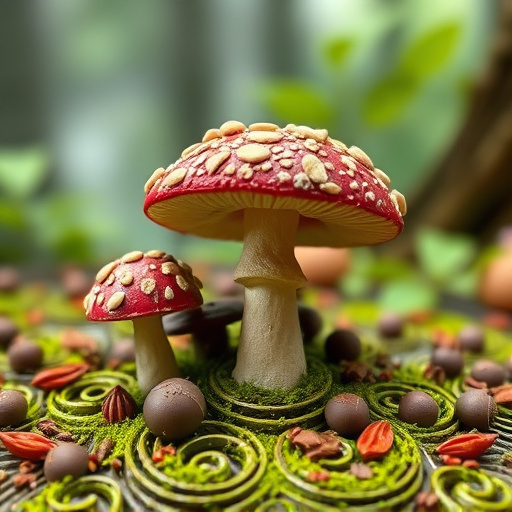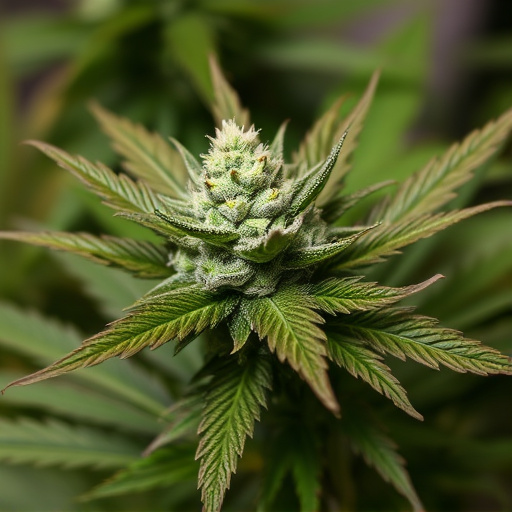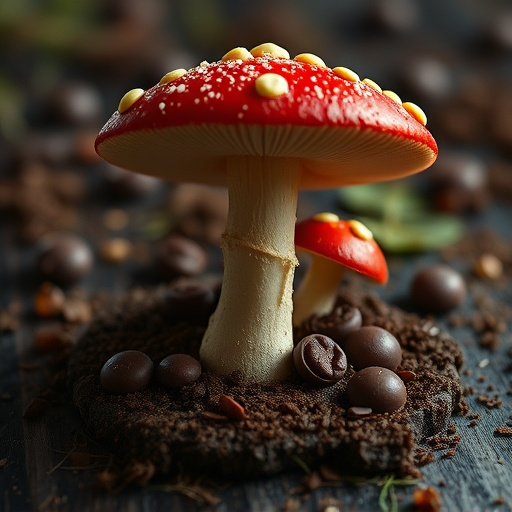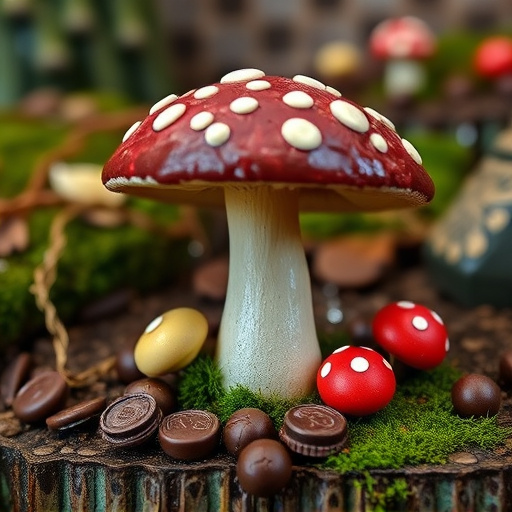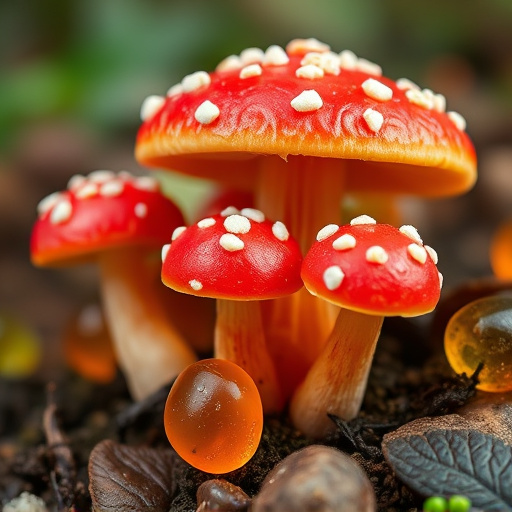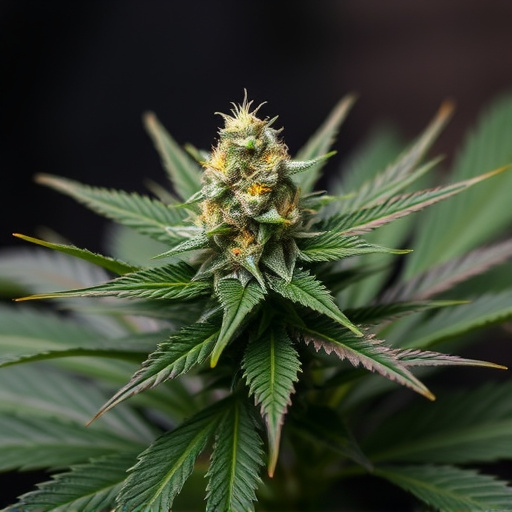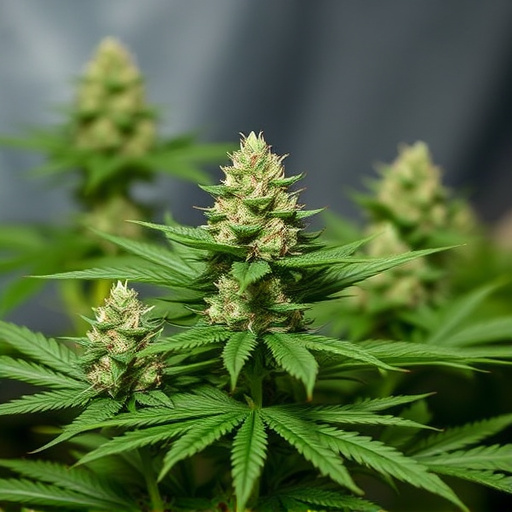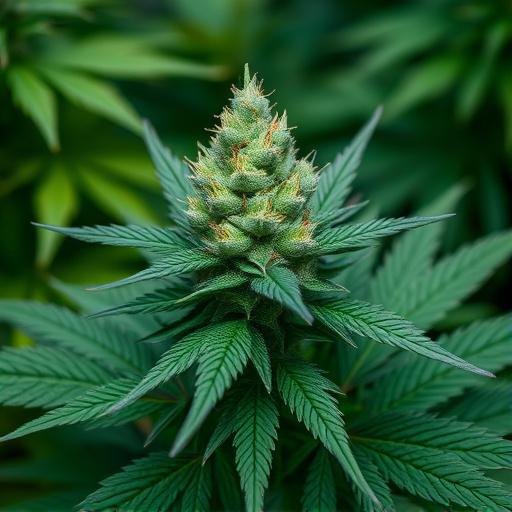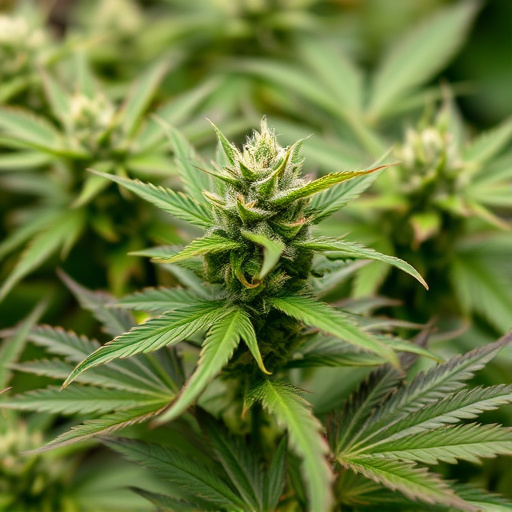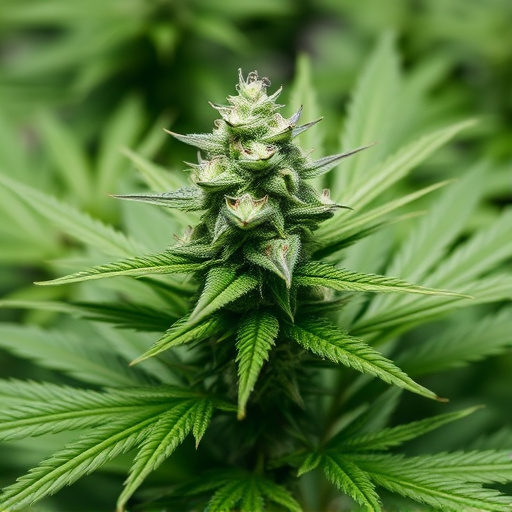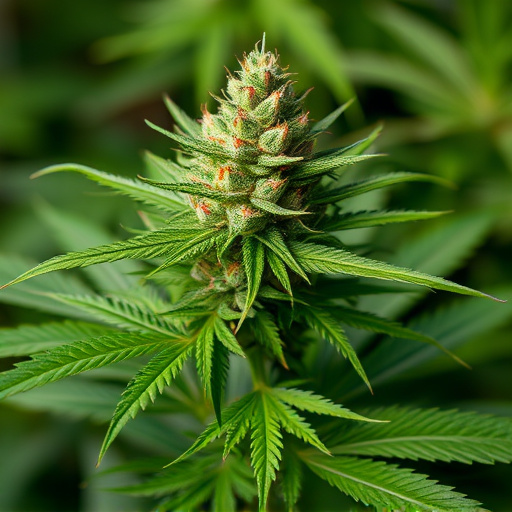Trichomes on cannabis flowers are key to understanding PTSD treatment. Producing protective compounds like THC and CBD, their density and appearance vary between strains, affecting potency and medicinal properties. High-quality flowers with abundant, sticky trichomes offer robust terpene and flavonoid profiles, potentially enhancing anti-anxiety effects sought by PTSD patients. Cultivators focus on milky/cloudy trichome appearance before full maturity for optimal cannabis strains effective in relieving PTSD symptoms, along with specific terpenes like myrcene and linalool.
“Unveiling the secrets within trichomes, a key component of the cannabis flower, offers profound insights into crafting effective treatments for PTSD. These tiny hair-like structures not only contribute to the plant’s distinctive appearance but also play a pivotal role in determining the therapeutic potential of cannabis strains. This article explores the science behind trichomes, focusing on their impact on cannabis strains tailored for PTSD relief, and provides valuable guidance on identifying optimal development stages for maximum efficacy.”
- What Are Trichomes?
- The Role of Trichomes in Cannabis Flower and Their Impact on Cannabis Strains for PTSD
- Identifying Optimal Trichome Development for the Best Cannabis Strains for PTSD Relief
What Are Trichomes?
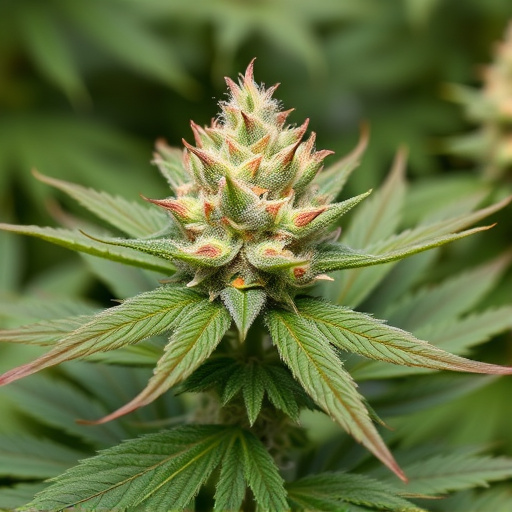
Trichomes are tiny, hair-like structures that cover the surface of cannabis flowers and leaves. These specialized glands play a crucial role in the plant’s defense mechanism, producing various compounds that protect against predators and diseases. In the context of cannabis strains for PTSD (post-traumatic stress disorder), understanding trichomes is essential because they contain many of the therapeutic compounds, including cannabinoids like THC and CBD, which have been shown to offer relief from anxiety, depression, and other symptoms associated with PTSD.
The density and appearance of trichomes can vary significantly between different cannabis strains, influencing both their potency and medicinal properties. High-quality cannabis flowers often feature abundant trichomes that appear as tiny, sticky globs or hairs. These trichomes are rich in terpenes, flavonoids, and other beneficial compounds that contribute to the plant’s unique aroma, flavor, and therapeutic effects. When considering cannabis strains for PTSD treatment, patients may look for flowers with robust trichome profiles, as these strains could potentially provide more potent anti-anxiety and mood-regulating benefits.
The Role of Trichomes in Cannabis Flower and Their Impact on Cannabis Strains for PTSD
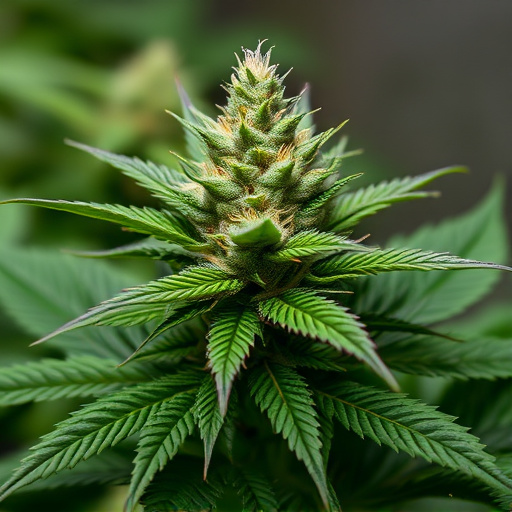
Trichomes, those tiny hair-like structures that blanket the surface of cannabis flowers, play a crucial role in shaping the plant’s unique properties and potential therapeutic benefits, especially for cannabis strains used to manage PTSD (Post-Traumatic Stress Disorder). These glandular trichomes produce a wide array of chemical compounds, including terpenes and cannabinoids, which contribute to the plant’s aroma, flavor, and medicinal effects.
In the context of cannabis strains for PTSD, the presence and composition of these trichomes can significantly impact the overall therapeutic profile. Different strains may vary in their trichome density and chemistry, leading to varied responses in users seeking relief from PTSD symptoms. Strains with higher concentrations of specific cannabinoids, such as CBD (Cannabidiol), known for its calming and anti-anxiety properties, or certain terpenes like linalool, which is often linked to relaxation and sleep, may be particularly beneficial for individuals dealing with PTSD. Understanding the trichome profile thus becomes essential in selecting appropriate cannabis strains for personalized treatment approaches.
Identifying Optimal Trichome Development for the Best Cannabis Strains for PTSD Relief
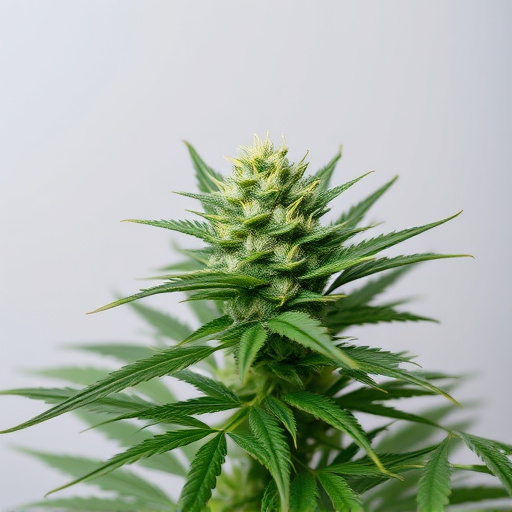
Identifying the optimal development of trichomes is key in cultivating top-quality cannabis strains for PTSD relief. Trichomes, small glandular hairs on the flower’s surface, produce a wide range of cannabinoids and terpenes that contribute to the plant’s therapeutic effects. For cannabis strains intended for mental health support, such as those sought by individuals with PTSD, the ideal trichome stage is often just before full maturity. This timing allows for a rich concentration of active compounds while ensuring a more balanced profile compared to fully ripe trichomes.
Cultivators aim for a milky or cloudy appearance in the trichomes rather than a clear or amber hue. This visual cue indicates higher levels of THC and other beneficial cannabinoids, which are essential for managing PTSD symptoms. Additionally, monitoring the scent can provide insights into terpene profiles; specific terpenes like myrcene and linalool have been linked to anxiety and stress reduction, making them desirable attributes in cannabis strains for PTSD.
Trichomes play a pivotal role in the development and potency of cannabis strains, particularly those sought for PTSD relief. By understanding their structure and function, cultivators can optimize trichome production, leading to more effective cannabis therapies. This knowledge ensures that patients have access to high-quality cannabis strains tailored to meet their specific needs. When identifying the best cannabis strains for PTSD, considering the trichome’s impact is essential, as it contributes significantly to the overall therapeutic experience.


